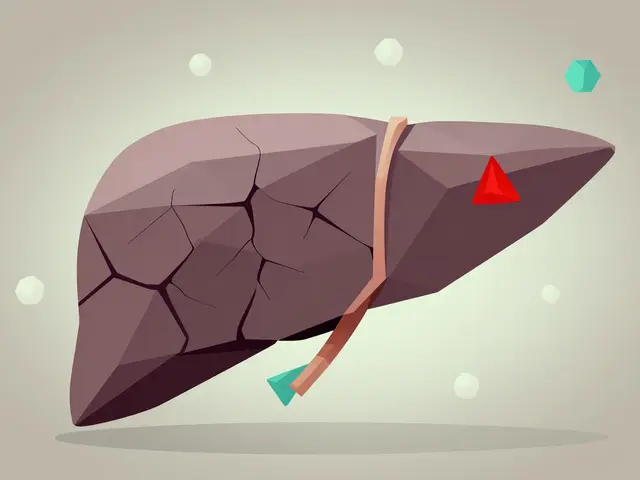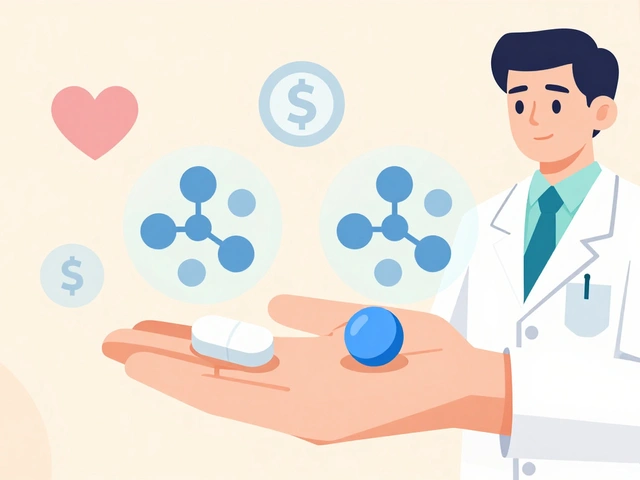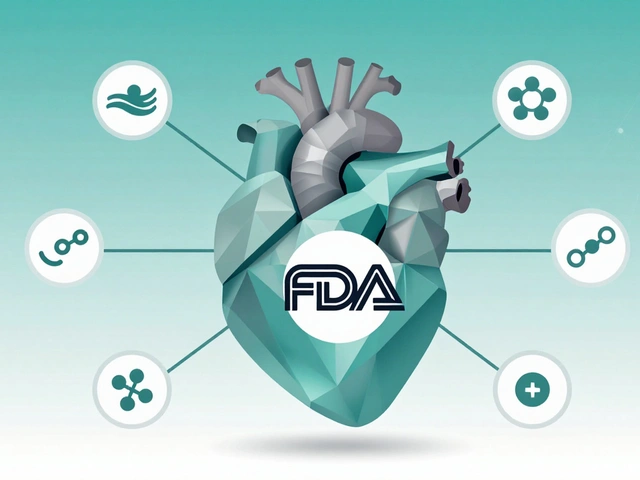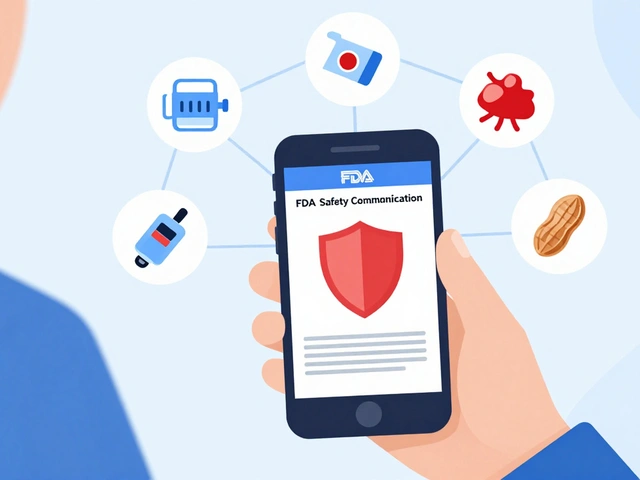2025 Acne Remedies: What Actually Works Right Now
Acne hasn’t changed, but how we treat it in 2025 feels smarter. You can stop guessing and start using treatments that give real results without wrecking your skin. Below I’ll list practical options, how to combine them, and when to see a pro.
Fast-acting OTC fixes
Start simple. Cleanser, targeted treatment, moisturizer, and sunscreen. For active breakouts try benzoyl peroxide (2.5%–5%) to kill bacteria and reduce inflammation. Use it as a spot gel or a thin layer at night; expect dryness at first.
Salicylic acid (0.5%–2%) unclogs pores and works well for blackheads. Look for leave-on serums if you have persistent comedones. For first-line retinoid effects, OTC adapalene 0.1% (Differin) is a solid choice—it speeds cell turnover and prevents new lesions.
Azelaic acid (10%–20%) and niacinamide are two 2025 favorites. Azelaic calms redness, fades dark spots, and suits sensitive skin. Niacinamide helps oil control and strengthens the skin barrier—pair it with other actives to reduce irritation.
Prescription & clinic options worth knowing
If OTC steps don’t cut it, prescription options step up. Tretinoin comes in multiple strengths (common ranges: 0.025%–0.1%). Start low, use every other night, and moisturize—this minimizes flaking and redness. For persistent inflammatory acne, oral isotretinoin still delivers the best long-term clearance but needs close medical supervision.
Antibiotics help short-term but aren’t a long-term fix due to resistance. Hormonal treatments like spironolactone work well for many adult women with hormonal acne. Clinic procedures—blue/red light therapy, chemical peels, and controlled microneedling—can speed results when combined with topical plans.
Build a simple routine: gentle cleanser twice daily, apply active treatments at night (retinoid or benzoyl peroxide), use a lightweight, non-comedogenic moisturizer, and never skip SPF in the morning. Introduce one new product at a time and patch-test it first.
Don’t overdo it. Using too many strong products at once causes irritation and makes acne worse. If your skin becomes raw or inflamed, pause actives and focus on barrier repair—look for ceramide-rich moisturizers.
Small lifestyle changes help: aim for a low-glycemic diet if you suspect food triggers, keep phone screens clean, and avoid heavy oil-based cosmetics. These aren’t magic fixes, but they lower day-to-day triggers.
When should you see a dermatologist? If acne covers much of your face, leaves deep scars, or doesn’t improve after 8–12 weeks of consistent treatment, book a consult. A dermatologist will tailor therapy—often combining topicals, short antibiotic courses, hormonal meds, or isotretinoin for stubborn cases.
2025 brings better combo options and gentler formulas. Use treatments smartly, protect your skin barrier, and ask for professional help when needed. You can get clearer skin without endless trial and error.
Exploring five effective alternatives to Isotroin in 2025, this article delves into both synthetic and natural options for managing acne. From holistic approaches that require lifestyle changes to medications focusing on hormones, readers will find insights into different methods. Each alternative is examined for its benefits and downsides, offering a comprehensive view of acne management today. Discover which approach might suit you best based on personalized needs and concerns.
Continue reading...






